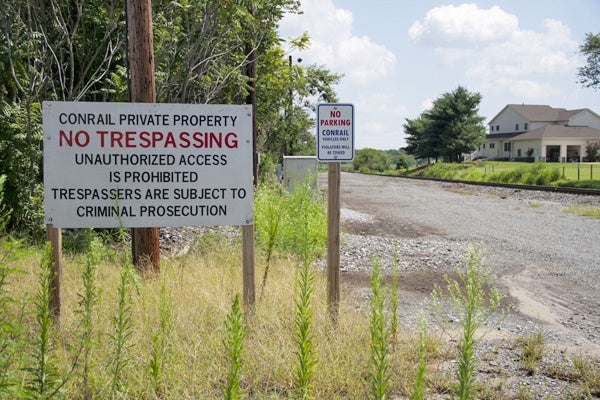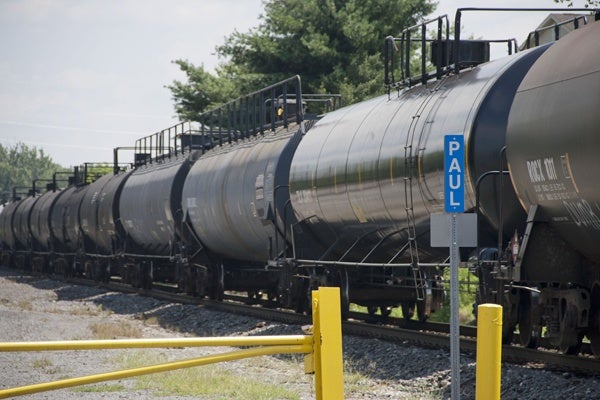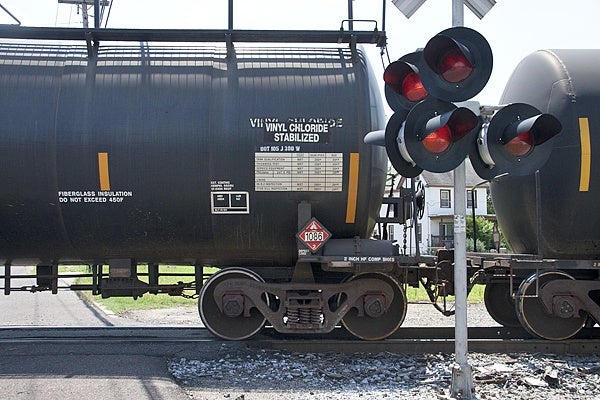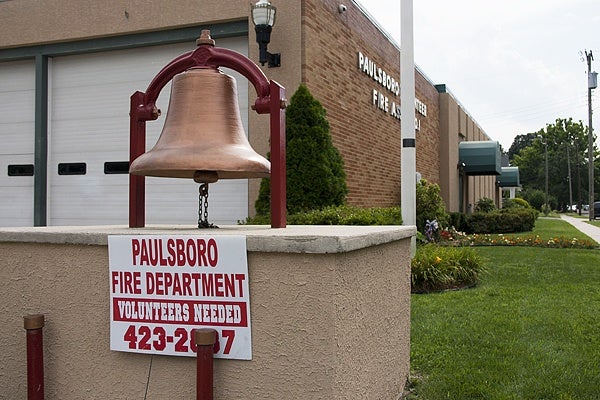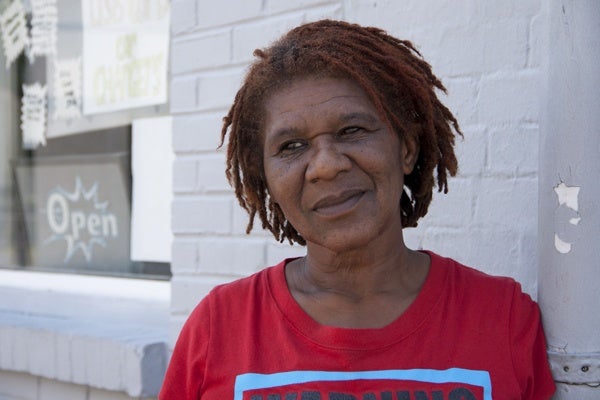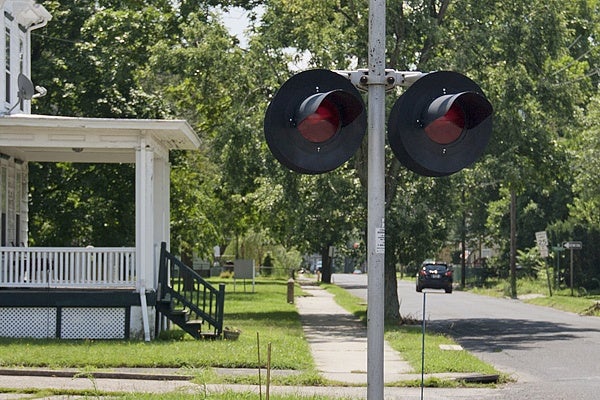Lawsuits and questions remain after Paulsboro’s chemical spill
It’s been eight months since a train carrying vinyl chloride derailed in Paulsboro, N.J., spewing 20,000 gallons of the chemical into Mantua Creek and the air, forcing residents into their homes for shelter.
The town is still feeling the repercussions. Last week, three additional first responders filed suit against Conrail and its parent company, joining the 250 or so other residents currently involved in litigation. In all, at least 15 other suits have been filed against the company to date. According to the Courier Post, lawyers representing the first responders claim that the latest suit “contains new allegations arising from the recent hearings before the National Transportation Safety Board.”
The July hearings in Washington, D.C., marked the first time that all of the key players from Conrail, the Federal Railroad Administration and first responders publicly shared their versions of what happened in the days leading up to the accident and the response to it.
What happened in Paulsboro matters to federal investigators because a similar accident could happen whenever hazardous materials are transported by rail.
Conrail, alone, operates across a large swath of states in the Northeast and Midwest—in fact, about 372 miles of track run through the Philadelphia/South Jersey area—and many of the first responders in those areas could be from volunteer fire departments. It’s estimated that of the 30,000 fire departments in the U.S., 70 percent are volunteer-run.
Could this have been prevented?
Over the course of the two-day meeting, the NTSB recognized that fire departments vary widely in their resources and operating practices, but they typically rely on their regional, state hazardous materials teams for technician-level responses.
John Burzichelli, who was the communications officer for Paulboro’s emergency response team, said that this could have been prevented.
“In hindsight it’s very clear that the [federal] railroad administration let us down and Conrail let us down,” Burzichelli said.
Burzichelli is in a position to apply some pressure. He is a state assemblyman and is the former mayor of Paulsboro. In an interview with NewsWorks, he said that listening to the hearings supported his belief that this accident was preventable.
Burzichelli said there were two glaring problems: the outdated Paulsboro bridge should have had guide rails along the sides to prevent a derailed train from dropping off the edge, as does the bridge in nearby Logan Township; and Conrail should have had specially trained teams camped at multiple locations along the railway in case of a chemical breach.
“They should have a response team of about a half a dozen people that all they are engaged in is safety,” Burzichelli said. “So before our local volunteers are called in, these people who deal with this every day can contain, understand, and then direct the local response in a way that’s safe and most effective.”
At the NTSB hearings, National Fire Protection Association Government Affairs Director Gregory Cade explained that a similar system of specialized training is already in place. According to NFPA 472, he said, necessary first responder training varies by level: Volunteer firefighters operate on a basic awareness level, which means responders are trained to recognize and protect themselves from conditions and identify the need for specially trained personnel, while hazmat technicians are trained at the most advanced level. Training for Conrail employees complies with federal Occupational Safety & Health Administration standards.
“Our standards are reviewed at a minimum of every five years—in some cases every three, depending on what’s going on,” Cade said at a July 10 meeting. “We make sure that as things change, as incidents occur, we get input from the federal agencies, state agencies and the fire services that comes to us and say, look, there’s a gap here. We think it is potentially the right place to [add] something else to NFPA 472.”
As the microphone was passed from county to state to federal representatives, it became apparent to Burzichelli that this incident reflected a greater issue: the hot-potato approach to accountability for interstate railroad operators like Conrail.
“The interstate railroads operate almost as an independent nation,” he lamented. “This was entirely preventable.”
Conrail declined to be interviewed and directed reporters to its public statements.
Opting out of litigation
With Paulsboro’s problems pending in courts and before boards, some residents cut their Conrail saga short by signing an agreement with the company within weeks of the incident. Those who signed received $500 per person in their household in exchange for waiving their rights to sue Conrail or its parent company.
“Well, I took it because they said it wasn’t guaranteed that we was gonna get any other money,” Jacqueline Williams said of her decision to sign the waiver. Williams helps her sister run a corner store called Pearl’s Girls on West Broad Street.
Longtime Paulsboro resident Marge Latch also signed the agreement, and although she is content with her decision, she said she ultimately feels that Conrail needs to take full responsibility for the town’s economic vitality. “Real estate is not selling right now,” Latch said. “Conrail has hurt the businesses and people terribly.”
One week after the derailment Latch was rushed to the hospital with respiratory problems, but because of her history with smoking she has no way to prove a direct correlation.
She laughed, “I took the $500 because—you know why?—I’ll be dead and buried by the time it goes to court.”
The NTSB expects to release a full report on the Paulsboro accident with recommendations for future actions by the end of this year.
WHYY is your source for fact-based, in-depth journalism and information. As a nonprofit organization, we rely on financial support from readers like you. Please give today.


